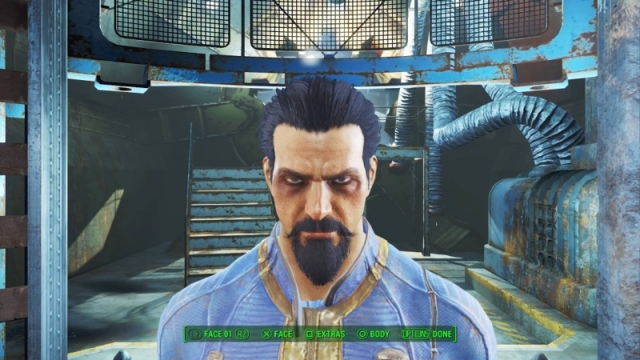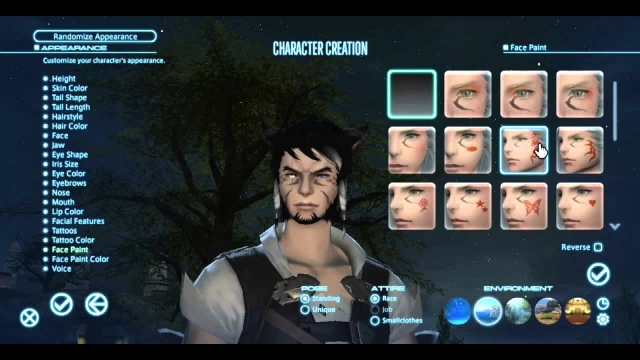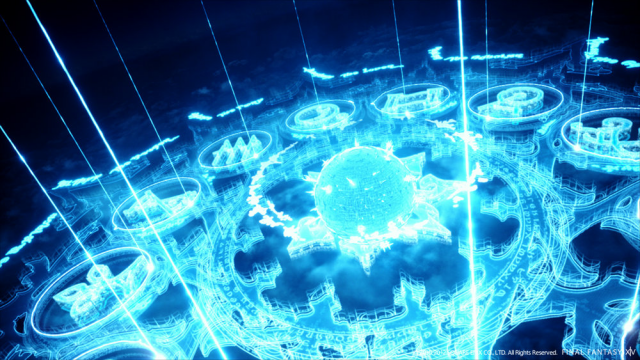
My Top Picks for Character Customisation in Games
As a gamer one of the aspects that I find important is immersion, being able to absorb myself into a story, a fantasy world, an alternate reality. As such, I put a great deal of stock into character creation and customisation; I find it to be an introductory phase that outlines the potential narratives. While not every game requires it, being able to design your own protagonist enables the player to artistically implement themselves into the story, and create their own story surrounding it, so while it may seem shallow to some, to me, it's an integral part of non-linear story based gaming.
Character creation and customisation doesn't end at the physical attributes, however, in fact, it scarcely ends at all. Whether it's a D&D or Elder Scrolls format, in which you would sculpt your character's capabilities at the beginning, or if it adheres to the pseudo MMORPG standard, building your attributes as you play, you'll likely be customising and creating your character with every level and adventure. In this series, I shall discuss and analyse the varying factors that compile my top favourites for character customisation and creation: starting with the basic components.

Fallout 4
Let's start with my all time favourite, in regards to physical creation: Fallout 4. Bethesda hardly shy away from a chance to endow their games with superb character customisation; From Morrowind's intensely detailed skill trees to Skyrim's genetics engine (not its official name). Even the previous Fallout titles did not disappoint with their ability to give one's character luminous hair, or a crooked nose if that fit your narrative. Fallout 4, however, really impressed me. There was hardly an aspect of detail left out, while I did miss being able to run around the wasteland as a flamingo-pink haired beacon, my personal story was not sacrificed: if anything it was enhanced. Whilst moulding my survivor I could really envision an arc coming together, which offset every move I made with her from there onward. It's clear that Bethesda really valued the player's creativity, being able to design the face of your spouse which, ultimately, determines the appearance of your child, an integral character in the overall plot. I found that it enabled me to create a more personal connection with the game.

The engine follows the design of EA's The Sims 4, which introduced a brand new format of character creation into the arena. For those unfamiliar, this system enables the player to grab and move parts of the character's face simply by selecting it with the cursor. You could mould the face like clay, but the option of using sliders and presets remained, and could be used in conjunction for optimal detail and precision. The one issue I had, which I have had in the past with Fallout's CC engine, is the broken nose characteristic. I remember having to start from scratch after almost finishing my survivor after accidentally selecting to use said nose preset, and being unable to change it back. So unless you're dead set on giving your protagonist the rugged, seen better days look, I'd be careful with that one. Of course, the customisation doesn't end there: Bethesda has maintained the cosmetic aspect, adding, even more, detail. With a much wider variety of hairstyles to choose from, and despite removing the RGB sliders that enabled one to add some of that whimsical fantasy atop your character's head, we've really been spoilt for choice here. It might also be worth adding that Fallout 4 seems to follow a more sombre theme, encouraging us to play along with the gritty, irradiated kakotopia fantasy.

Final Fantasy XIV
Next up on my list is Final Fantasy XIV. A fantasy MMORPG set in the region of Eorzea. Square Enix definitely outdid themselves here, combining the outstanding graphics for which they are known, with the intensely detailed lore that makes them a cult favourite. Beginning on the surface, you can choose from one of six races, each race has a choice of two cultural backgrounds, for the Lalafell, you have the Dunesfolk and the Plainsfolk, for the Miqo'te you have The Keepers of the Sun and The Keepers of the Moon, and so on. Not only does this add an exciting new level to character aesthetics, it endows the creation with heavy immersion into the plot and lore. Playing around with the anatomical options, I found myself blown away: I've scarcely seen an MMORPG give its players so many options in regards to physical appearance. Hours passed by before I had even entered the game.
There are 21 categories for customisation, allowing you to alter everything from height to iris size. Unfortunately, the choices are limited to presets, which pales in comparison to games such as Dragon Age: Inquisition and the aforementioned Fallout 4. However, this doesn't do much to prevent one from placing their fantasy into the game, so long as you're creative with it. Plus, there is a level of user-friendly interface that comes with the limitations of presets, you're not required to spend half the time figuring out how to optimise character creation. As far as MMORPG's go this is definitely one of the best character creation engines. While there are others that surpass this, my reason for placing FFXIV second is because it's a game worth playing, and what's the point in having the perfect CC engine if the game itself doesn't measure up.

One of the aspects of character creation that really sets this game apart from the horde of others, however, is the intricately designed lore system. Square Enix have enabled the player to sculpt their character with a heavy focus on the story, which would mean that from the very beginning your character is suited for the world in which it exists; you won't find yourself piloting around an anthropomorphised fantasy that vaguely reflects the world around it. The system allows you to pick a divine allegiance, so to speak, that not only works with your idea of a story but compliments your chosen class. This works similar to astrology, your character's birth date will give it a “sign” according to the pantheon that exists in Eorzea. The signs provide your character with an elemental bonus; while these do little to impact your actual combat or defensive potentials, it certainly encourages immersion. My main criticism with this would be that it's an awfully complex system that, ultimately, affects very little on a practical level. I think Square Enix could improve this by allowing the elemental buffs or “signs” to have a more tangible place in the game, reformulate them to do something else, or remove them altogether. Although I do believe the very latter would be a shame, as it's quite a unique system that ties together the general feel of the game.

With CC engines being the figurative videogame overtures, there is a lot to consider quantifying their worth. How does it set the tone for the game? How much artistic freedom does it afford its players? So far I have discussed the basic parameters for excellent character customisation using Fallout 4 and FFXIV as examples. In my next piece, I will go a little further and talk about how one game’s CC places itself high on my list based on its improvement from its predecessor. As I said, the CC engine sets the tone for the game, and one way of determining a game’s quality is being able to measure its improvement through a sequence, starting with your character.










COMMENTS